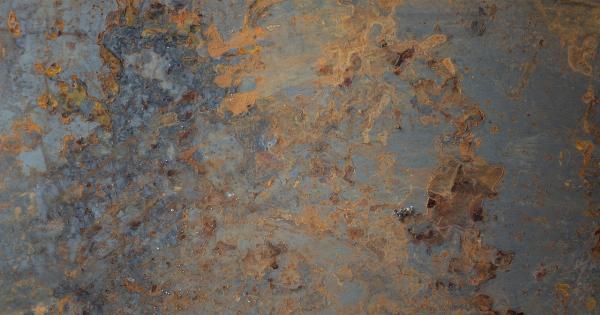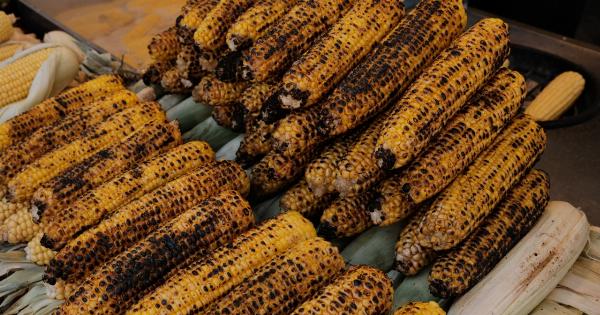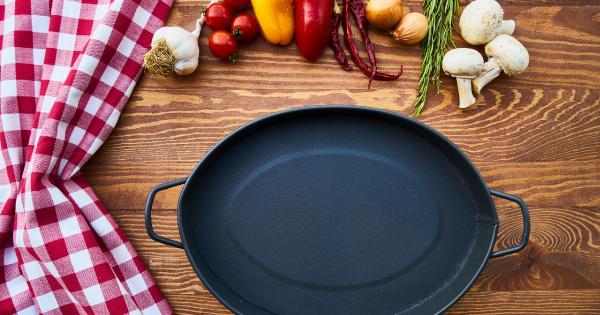Chocolate roasting is a crucial step in the chocolate-making process that brings out the complex flavors and aromas that we all love. It is a delicate process that requires precision and careful attention to detail.
In this article, we will explore the art of chocolate roasting and discover the right techniques to achieve the perfect roast.
Why is Chocolate Roasting Important?
Chocolate roasting is a critical step that transforms the raw cacao beans into the familiar chocolate flavors and textures we enjoy. During roasting, the cacao beans undergo chemical changes that develop their distinct taste profile.
It is during this process that the raw cacao beans undergo browning reactions called the Maillard reaction and caramelization, leading to the formation of desirable chocolate flavors.
Choosing the Right Cacao Beans
The quality and variety of cacao beans you choose greatly impact the final flavor of your chocolate. There are different types of cacao beans available, each with its own characteristic flavor profiles.
Some popular varieties include Criollo, Forastero, and Trinitario. Experimenting with different bean varieties can lead to exciting flavor discoveries.
Understanding Roasting Profiles
Roasting profiles refer to the specific temperature and duration required to roast the cacao beans. Different profiles result in different flavors.
Some roasting profiles are specifically tailored to bring out certain flavor notes, while others aim for a balanced and versatile flavor profile.
Preparation and Pre-Roasting Steps
Prior to roasting, it is important to properly prepare the cacao beans. Start by sorting the beans to remove any foreign matter or damaged beans. Then, carefully wash and dry the beans to ensure their cleanliness.
Pre-roasting steps also include preheating the roasting equipment and preparing the roasting tray.
Roasting Techniques
There are several roasting techniques you can employ to achieve the perfect roast. Below, we outline some of the most common techniques:.
1. Convection Roasting
In convection roasting, hot air circulates around the cacao beans, evenly roasting them. This technique requires a convection oven that provides consistent heat distribution.
It results in a uniform roast and is often used in larger-scale chocolate production.
2. Drum Roasting
Drum roasting involves placing the cacao beans in a rotating drum. The heat is applied directly to the drum, which transfers the heat to the beans.
This method allows for greater control over the roasting process and is frequently used by artisanal chocolate makers.
3. Hot Air Roasting
In hot air roasting, a stream of hot air is blown over the cacao beans, evenly roasting them. This technique requires special equipment that can generate a consistent flow of hot air. Hot air roasting is known to produce a clean and bright flavor.
Monitoring and Controlling the Roast
During the roasting process, it is essential to closely monitor the temperature. Using a reliable thermometer, keep track of the internal temperature of the beans.
This will help you achieve the desired roast level and avoid under or over-roasting the beans. Aim for a gradual temperature increase and avoid sudden temperature spikes.
Cooling and Post-Roasting Steps
Once the beans have reached the desired roast level, it is crucial to cool them rapidly to halt the roasting process. Spread the roasted beans on a cooling tray or sheet and use a fan or other cooling mechanisms to bring down their temperature quickly.
After cooling, the beans need to be carefully stored in airtight containers to preserve their flavors until they are ready to be used for chocolate making.
Chocolate Roasting Tips and Tricks
To achieve the perfect chocolate roast, keep the following tips in mind:.
- Experiment with different roasting profiles and cacao bean varieties to discover unique flavor combinations.
- Pay close attention to the temperature during roasting and make gradual adjustments if necessary.
- Avoid over-roasting, as it can result in a burnt or bitter flavor.
- Use reliable and accurate temperature measuring tools to monitor the roast.
- Cool the roasted beans promptly to preserve the desired flavors.
- Regularly clean and maintain your roasting equipment to ensure consistent results.
Conclusion
Chocolate roasting is a skill that requires practice and experimentation. By understanding the different techniques and profiles available, you can unlock a world of flavors in your chocolate creations.
Remember to pay attention to details and maintain precise control over the roasting process to achieve the perfect roast every time.






























